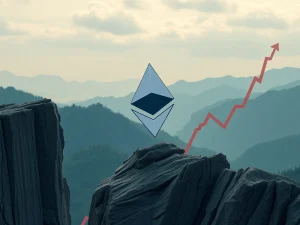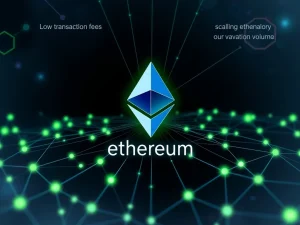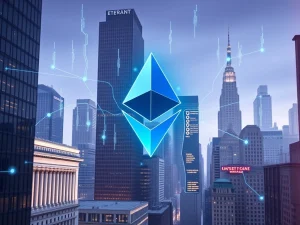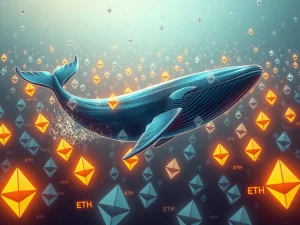Ethereum Layer 2: Why Frictionless Flow is Vital for Dominance
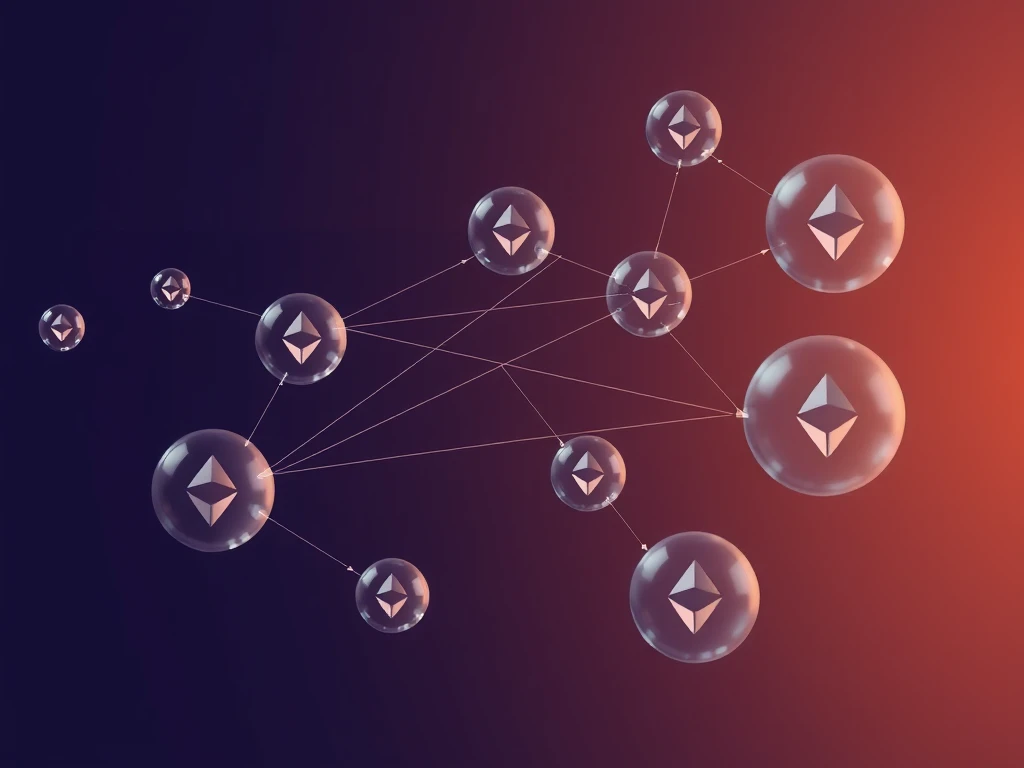
Are you navigating the complex world of Ethereum’s Layer 2 solutions? If so, you know the promise they hold for scaling. But there’s a significant hurdle: moving capital between them. The future strength of the Ethereum Layer 2 ecosystem hinges on solving this challenge.
Ethereum Layer 2: The Frictionless Path to Dominance
Some suggest taxing Layer 2s to benefit the Ethereum mainnet. However, this approach could harm the network’s potential. True dominance for Ethereum depends not on fees, but on enabling seamless capital movement between these Layer 2 networks. Taxing rollups might seem appealing initially, but it risks fragmenting the ecosystem, draining Crypto Liquidity, and pushing users towards centralized platforms instead of decentralized finance.
The Real Threat: Blockchain Fragmentation
Just as barriers to capital flows hurt traditional markets, Blockchain Fragmentation is a major threat to Ethereum. Layer 2s, especially optimistic and ZK rollups, currently impose significant delays on withdrawals and lack efficient ways to move funds between different rollups. This fragmentation slows adoption and makes capital less productive. Developers face a difficult choice: focus on one rollup and limit their reach, or spread resources across several and accept inefficiencies. Neither helps the ecosystem grow effectively.
Enabling Seamless Cross-chain Movement
The solution lies in protocols that eliminate these frictions. They will attract more capital and operate more efficiently. Capital movement needs to be abstracted away from the end-user. Bridges and withdrawal queues should become technical backend concerns, not user problems. It is possible for liquidity on one rollup to serve demand on another, with automated rebalancing ensuring everything works smoothly. What seems complicated today can become invisible to the user. This shift from manual bridging to coordinated liquidity across chains restores the ability of different parts of the system to work together, preserving decentralization. Without this, users will keep using centralized exchanges to avoid friction, sacrificing control over their assets for convenience. This is a technical and philosophical challenge.
Designing for Capital Efficiency in the DeFi Ecosystem
Designing for efficient capital use is becoming a competitive advantage. Future protocols in the DeFi Ecosystem will compete on how well they can access liquidity across the fragmented landscape. The winners will be those that can fulfill a user’s request regardless of which rollup the user is on, without requiring manual fund transfers. This leads to a better user experience, more productive capital, and stronger network effects.
Some underlying technologies are starting to help. Ethereum-native rollups and based rollups aim for tighter integration. Optimistic rollups are adding zero-knowledge proofs for faster exits. These innovations reduce friction but are not enough on their own. Scale will come from applications built with these constraints in mind, not just from the base layers. Zk-Rollups are particularly well-suited for low-latency, trust-minimized messaging between chains, making them ideal for demanding applications like payments and trading.
Conclusion: Building One Economic Engine
If Ethereum can make Cross-chain flows seamless, it will not just scale; it will become the foundation of a more efficient financial system. This outcome is not guaranteed. Taxing rollups might serve short-term goals but would weaken the network Ethereum seeks to strengthen. While Ethereum’s modular approach is robust, it must address the usability cost of fragmentation. Ethereum’s core strength is its neutrality, which should include the free movement of capital within its ecosystem. The future will be built by enabling rollups to function together as one economic engine, not by taxing them.
Opinion by: Barna Kiss, CEO of Malda. This article is for general information purposes and is not intended to be and should not be taken as legal or investment advice. The views, thoughts, and opinions expressed here are the author’s alone and do not necessarily reflect or represent the views and opinions of Crypto News Insights.

